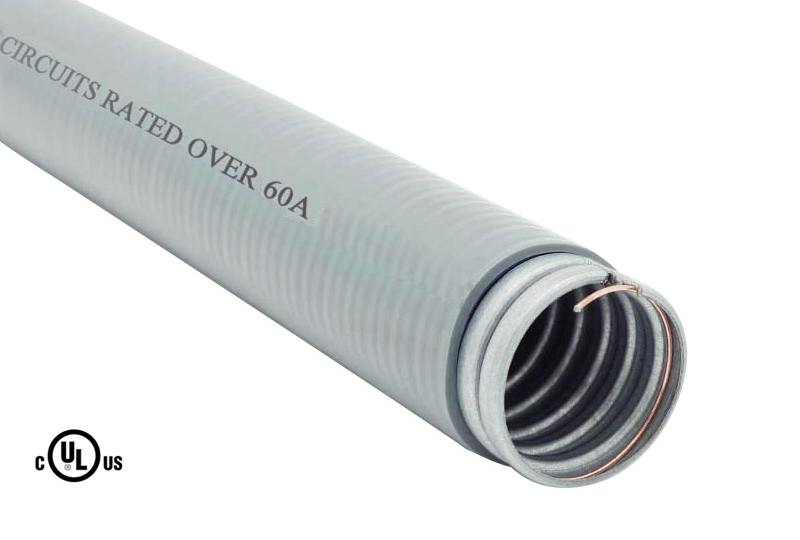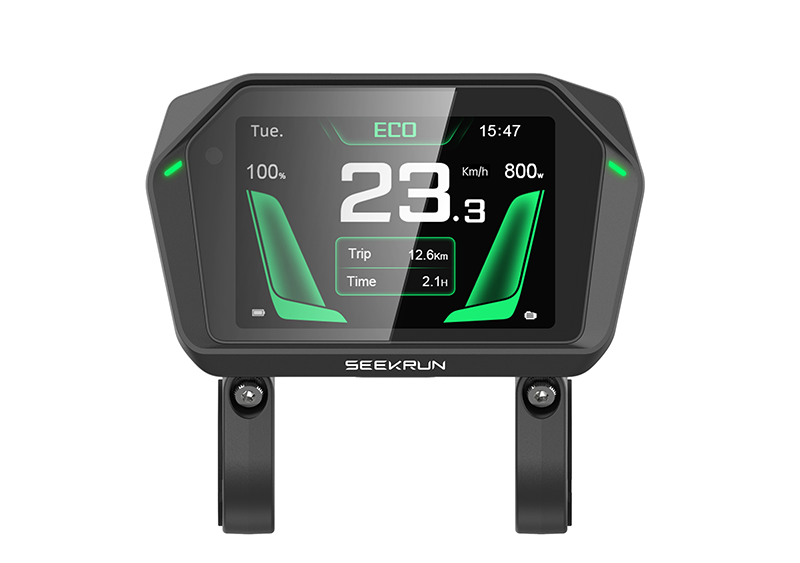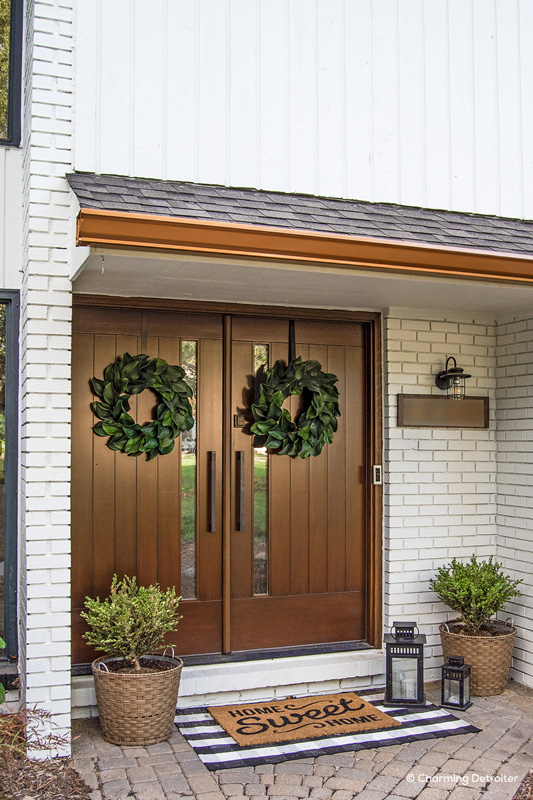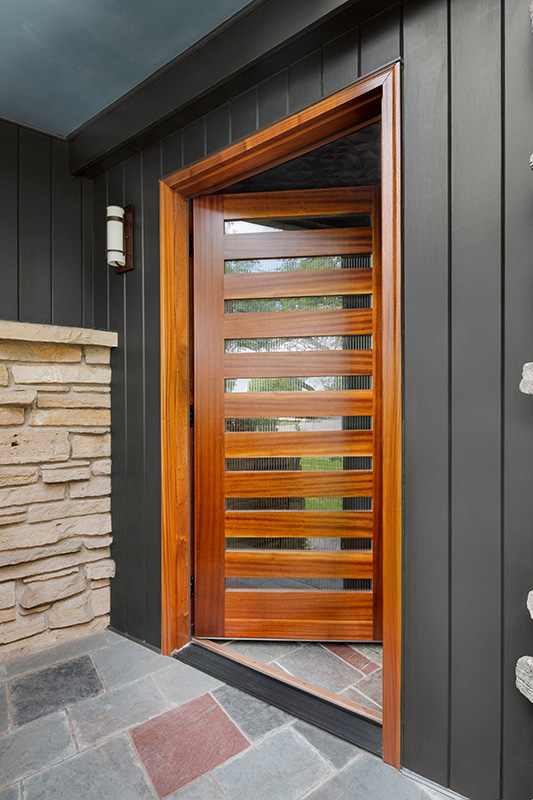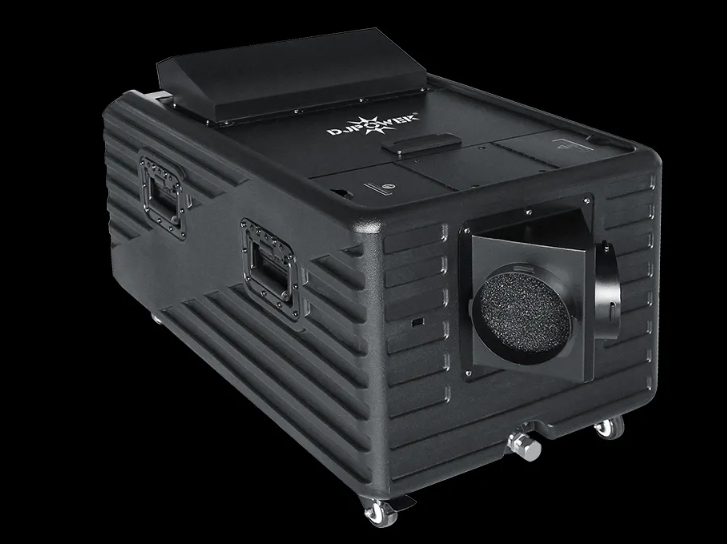As we all know, the main purpose of the design and development of rollover road blockers is to guard and manage the entrance gates of sensitive and key units and prohibit unauthorized vehicles from forcing their way in. The hydraulic rollover roadblock machine is like a solid wall. Besides being practical, it is also very reliable and safe. ZASP presents you a guide to the use of road blockers.
Advantages
1.Fast and calm
Lifting time up to 3 seconds, far more than the same size pneumatic lifting road blocker, very valuable. Its hydraulic drive unit moves softly, no more traditional pneumatic lift road block due to the noise of air pump.
2. Control agility
The control unit adopts multi-function logic controller, which can modulate many different function modes to meet the different function needs of different users, and the movement stroke can be timed to save energy.
3. Safety and reliability
In case of emergency, such as power failure, it can be manually lowered to open the channel for stable operation. The safety factor of the road blocker is higher. Compared with other roadblock equipment, the roadblock machine can achieve forced interception through its own driving technology, and its load-bearing or anti-collision ability is very strong.
4、Economic benefits
Hydraulic road blocker has the characteristics of low maintenance cost and low failure rate. It is designed and installed with non-traditional mechanism, which is very easy to maintain.
5.Unique structure
The design of the hydraulic unit and mechanical power mechanism is the core part of the hydraulic overturning barricade machine, which can transfer mechanical energy to the hydraulic drive unit to achieve a unique boost design.
Barricade components
Road blockers play a very important role in road traffic and can be used in many special occasions. It can effectively prevent vehicles from forcibly reloading checkpoints. So what are the components of the roadblock system?
1、Host: Road blockers host consists of hydraulic cylinder, movable flap, frame, which can play the role of load balancing and buffer. The whole machine is made of steel structure, steel plate and channel steel welded together, with strong anti-collision ability and load-bearing capacity. No electrical appliances and wiring in the main machine, which can achieve waterproof effect and safe to use.
2、Hydraulic transmission station. (Hydraulic transmission station mainly through the oil tank and manual oil pump valve to change the lifting speed). In the case of power failure, you can manually lower or manually raise the baffle.
3、Electrical control system: automatic electric control part, control main board, automatic controller: including control box, remote control, manual button, controlled by the duty staff to use.
Hydraulic system
1、Road blockers’ hydraulic power system is very quiet for mechanical products. This is very difficult for many machines. Due to the noise reduction system, the decibel can be controlled within 60 decibels.
2、Small impact on the environment, to meet the growing demand for low environmental impact, creating a new low impact on the environment.
3、Low energy consumption and low cost of power supply voltage make up for the variable flow pump configuration and ensure low cost of mechanical operation. Combined with high efficiency motors, the power cost is kept absolutely low.
4、Correct oil supply, the power unit is also part of the hydraulic system to help the hydraulic system correct oil supply. Using this product, you can know the system oil supply condition in time to avoid major accidents.
Please send us a message if you need to buy these blockers, we also have bollards for sale.

